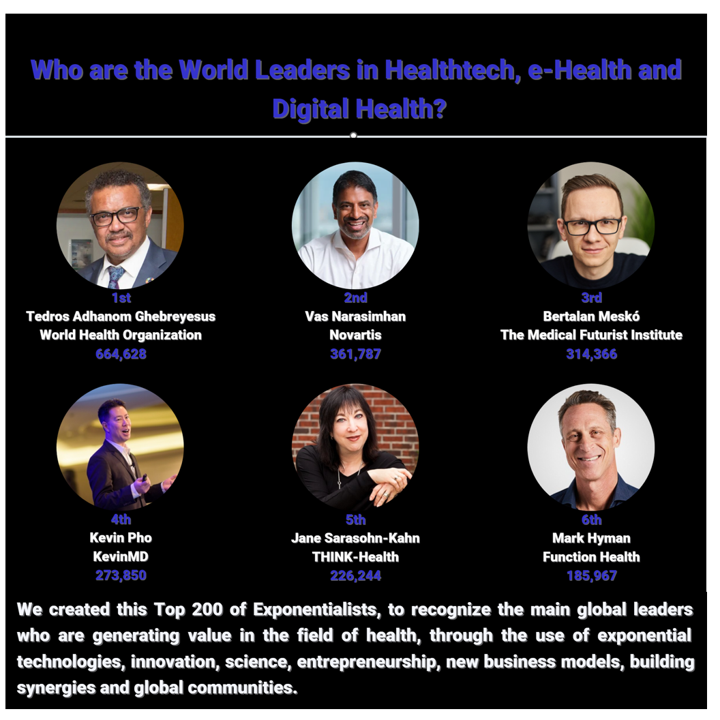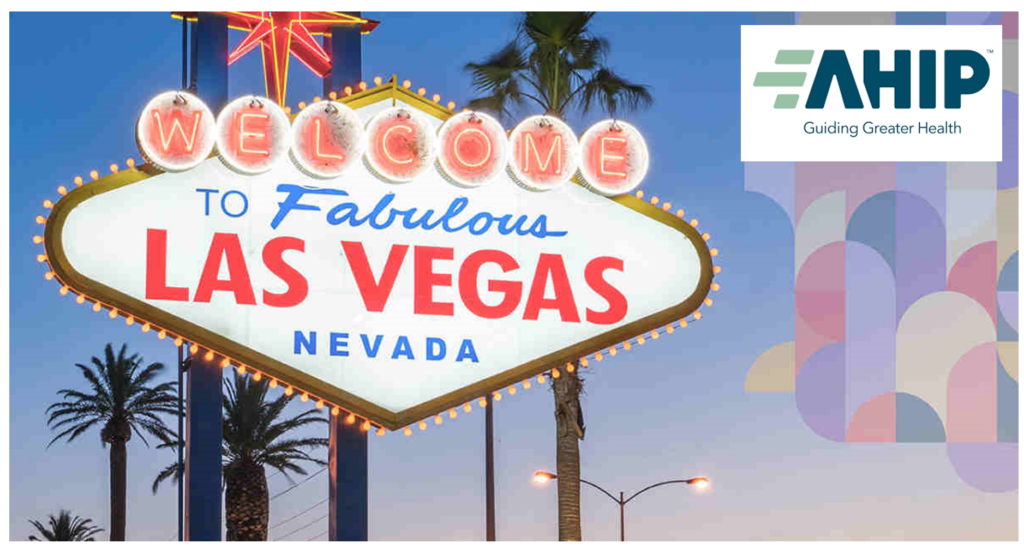U.S. adults spent $33.9 billion on complementary and alternative medicine (CAM) in 2007.
The largest expenditure on CAM was on self-care costs of $22.0 billion, the largest component of which was $14.8 billion spent on non-vitamin, non-mineral natural products. In addition, Americans spent $11.9 out-of-pocket (OOP) on practitioners such as chiropractic, osteopathic manipulation, naturopathy and chelation therapy; $4.1 billion on yoga (equal to 12% of the total), $2.9 billion on homeopathy, and $0.2 billion on relaxation techniques.
The National Health Statistics Reports series published Costs of Complementary and Alternative Medicine (CAM) and Frequency of Visits to CAM Practitioners: United States, 2007, on July 30, 2009. The report follows up an important survey done in 1997 on American health citizens’ use of CAM.
Self-care equates to about two-thirds of total CAM spending, with the remainder spent on practitioners.
The $14.8 billion spent on non-vitamin products is about 31% of the amount that Americans spent out-of-pocket on pharmaceutical drugs in 2007 ($47.6 billion).
CAM includes a wide array of products and services including alternative medical systems such as acupuncture, ayurveda, homeopathy, naturopathy, and traditional healers; ideologically based therapies such as chelation, non-vitamin, and diet-based approaches; manipulation (e.g., chiropractic and massage); mind-body therapies (e.g., biofeedback and relaxation); and, energy-healing therapies.
Health Populi’s Hot Points: The major change in the 2007 American spending on CAM compared to the previous study conducted 10 years ago is that out-of-pocket spending on CAM providers substantially fell since 1997. At the same time, twice as many people bought a self-help book or other materials to learn relaxation techniques in 2007 as their visits to relaxation therapists fell from 103.2 million visits in 1997 to 28.9 million visits in 2007.
However, visits to acupuncturists increased in the decade by about 3 times the rate of 1997. This occurred as insurance coverage for these therapies broadened along with state licensure for these practitioners.
Although a fraction of total health spending, the report notes, Americans spend a “substantial” amount of money on CAM, comparable to OOP costs for conventional physician services and prescription drugs.
The data confirm that more Americans are “doing” more health care for themselves, given the growing array of CAM products and services available to them. Interesting, consumers are shifting their spending to different categories based on what they’re learning and what’s available on the market, such as relaxation techniques that have become more mainstream and less institutionalized.
We know that in the recession, more Americans are doing more at-home for health, as found in the July 2009 Kaiser Family Foundation Tracking Poll which found that 33% of Americans are relying more on home remedies and OTC drugs in the recession. We can expect this trend to hold even after the recession as health consumers come to trust and weave new approaches to managing personal health.





 I'm in amazing company here with other #digitalhealth innovators, thinkers and doers. Thank you to Cristian Cortez Fernandez and Zallud for this recognition; I'm grateful.
I'm in amazing company here with other #digitalhealth innovators, thinkers and doers. Thank you to Cristian Cortez Fernandez and Zallud for this recognition; I'm grateful. Jane was named as a member of the AHIP 2024 Advisory Board, joining some valued colleagues to prepare for the challenges and opportunities facing health plans, systems, and other industry stakeholders.
Jane was named as a member of the AHIP 2024 Advisory Board, joining some valued colleagues to prepare for the challenges and opportunities facing health plans, systems, and other industry stakeholders.  Join Jane at AHIP's annual meeting in Las Vegas: I'll be speaking, moderating a panel, and providing thought leadership on health consumers and bolstering equity, empowerment, and self-care.
Join Jane at AHIP's annual meeting in Las Vegas: I'll be speaking, moderating a panel, and providing thought leadership on health consumers and bolstering equity, empowerment, and self-care.